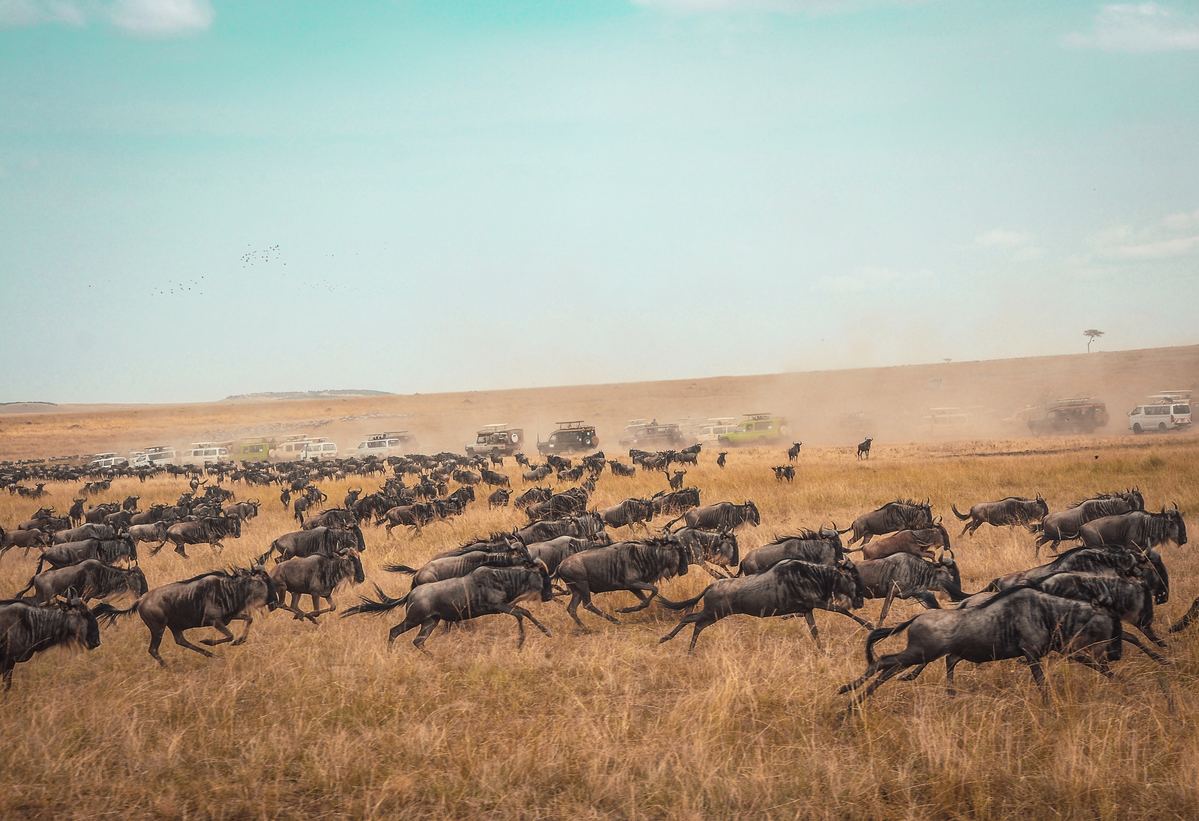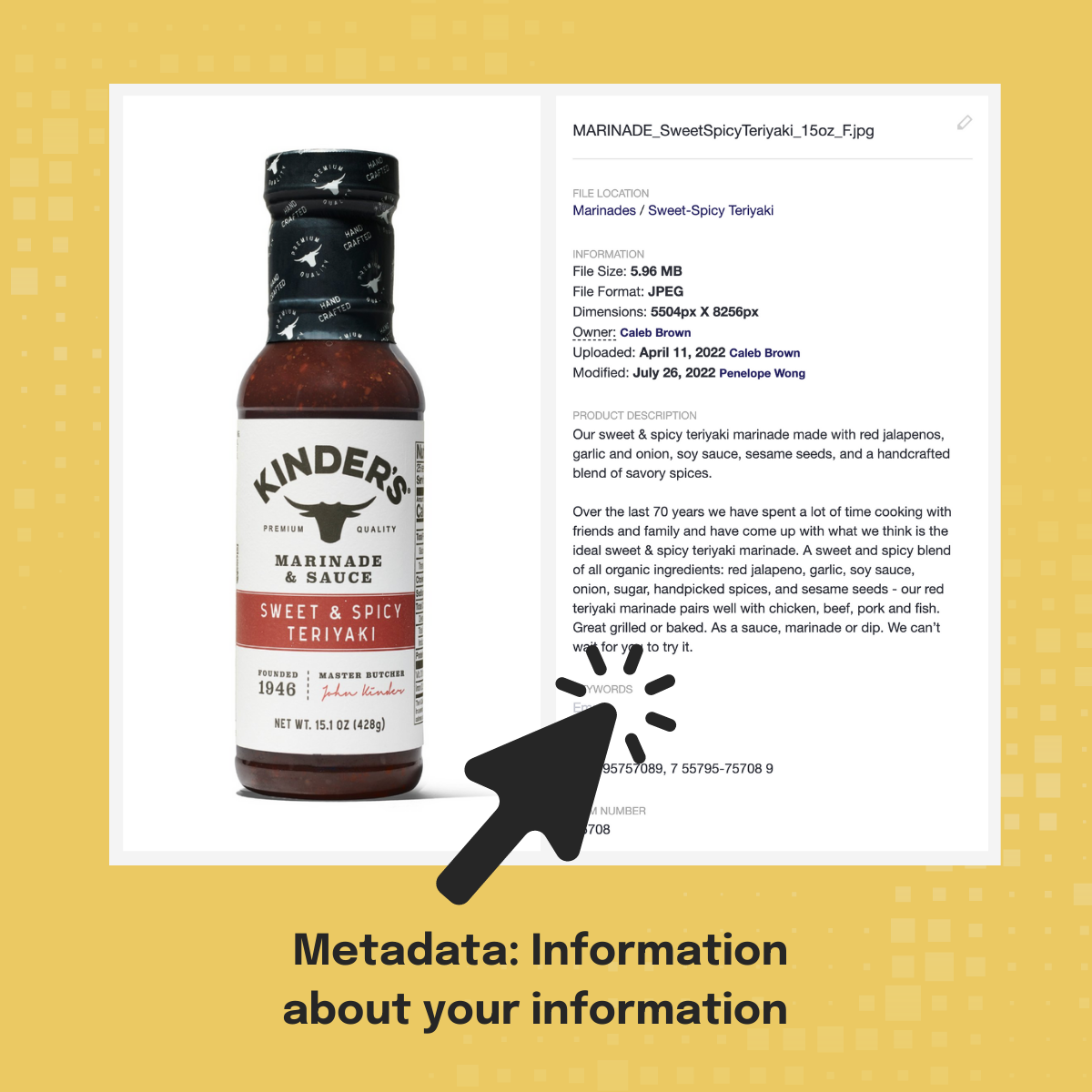Great Migrations: Moving to a new DAM


You can no longer manage your current wormhole of connected drives, or bank of servers in the basement. Further, no one can get access to images from outside the office. It is time to clean up, curate and migrate to a true digital asset management system.
Wait a moment though… Take a breath and lay out some groundwork. Just as you need to read a recipe all the way through before you begin, let’s envision all the use cases and challenges that we might face in a migration process before we begin.
Before any moves are made we must advise, inform and educate the end users. You must alert users not only of the new initiative, but also of the go live date. When will you stop accepting assets into the old system? What will you do after that point? Audit your related systems with calls to your current API. Are you serving assets to web from your old DAM system? If so you will need to keep that online until you are ready to switch over completely.
Will you train the trainers or allow users to self-educate? Or will everyone get an opportunity to sit in on training? Where will training materials be housed, how will you communicate updates and news about the initiative to the wider audience? Part of the pre/post-launch should involve a discussion of internal marketing around these changes.
Organize and Prioritize, or The Big Move!
The best way to handle the migration is in batches. You will need to start somewhere, and that somewhere is the latest and greatest work. This is the most-recent photo shoot, the one your teammates are always clamoring for. This is the current family of logos your company is using, the ones that appear on everything. This is the 2016 Brand Guidelines PDF.
Your batches can be by content, by file type, by month, by folder destination - this is a discussion you need to have, but it must make sense to you and your workflow. The current files are typically the most important ones as they are the ones people will need access to immediately. After you have decided what goes first, work your way backward, ending with anything that will just be needed for archival purposes.
If you are planning to make your transfer batches based on folder destination in your new DAM, check out some folder structure tips.
Attention: do not immediately dump every last file into your new DAM thinking “we will sort it out later”.
Do not immediately dump every last file into your new DAM thinking “we will sort it out later”. Think through your new system piece by piece; files, folders, keywords, permissions. Continuing our ‘moving house’ metaphor, this is your opportunity to do some major spring cleaning. Straighten things out and toss things away before you create a new library.
Now you should have a batch priority list, so start sorting assets. Locate the actual files you want to begin with for batch number one. They will likely be in a handy spot, not on old film slides. Gather them together and take a look through what you have.
Try to get rid of all duplicated files. For the most part, having a DAM will help avoid duplication in the future, since all the assets should be organized and easily accessible. And you will be alerted if you upload duplicates to the new DAM, to mitigate that problem generally. There is also no need to duplicate a file to a separate location if everyone knows where to find the original. This helps maintain consistency and avoids picking up the wrong document or image for a project. So just keep the latest, biggest version of each file on the DAM and hold off on putting any others up. You can always add them later if you find there is truly a need.
With a robust DAM, low resolution conversions of a file can easily be downloaded from the system, so even though the photographer gave you a second folder of low res versions of all his images, uploading that is unnecessary. Do not migrate this second folder unless you have a distinct business reason to do so. Again, in your new system you will automatically be able to download a low resolution screen-ready image, a print-ready file, or the original file - you only need to supply the original.
Unless edited strictly, your past photoshoots have bloat, so you will need to dedicate some of your time on cleaning up those. Do you just need to store the selects from photos shoots or do you need all the outtakes as well? Do the outtakes even have usage licensed or are they more for reference, needed on the off-chance a new shot has to be picked up down the line? If you do need to store every picture from a photoshoot, consider splitting the outtakes and selects into separate folders. This is really helpful, especially when the outtakes do not have usage or have a different usage than the selects. Think about setting different permissions for the outtakes if there is no usage, that way they are hidden and misuse is not a factor. They are still accessible to the right people, but not sitting out there in the open for everyone to see. The assets should also be tagged with an expiration date for usage, so the file has to be requested before it can be used. For more information on usage and expirations, have a look at our previous article.
While tidying things up before uploading them to the new DAM, it is worth glancing at the file formats and the file names. Make sure the file format (note the extension) is the one you want. It is much easier to take care of this before uploading rather than later on down the line. Similarly for file names. You do not have to have a complex naming convention, but give a little thought to whether it makes sense in your situation. You can read more on file naming conventions in a previous blog post.
Document and Tag!
Where is all the information pertaining to the files; sources, usage, important dates? Before you upload, you need to get all your metadata ducks in a row. Track down the loose ends, the paperwork, the emails, the margin notes, and consolidate them into a usable format. You might want to capture who shot the photo, what is the usage, when should you stop using the logo, who authored the document, etc. Gather whatever information will need to live with the asset itself as it sits in the DAM.
You may be ‘simply’ moving your files from one DAM system to a new one. In that case, you may have existing metadata that needs to be exported from the old system, or from another file organizing program. Any robust system will allow you to export the descriptive metadata as a separate csv file if it is not embedded in the files. Export that file now - do it. This ensures you will not leave valuable information behind when you abandon your old DAM system. Check that it all gets exported, so it may be transferred and re-imported correctly.
Think about keywords. What is going to be the best way to search for an asset, what are people going to think of when they begin to search? Do you use keywords already? If so do you need to modify anything before transferring those? This is when creating a controlled vocabulary comes into play.
If you have files whose usage is unclear or files that are missing critical information, it might be best to restrict them on the DAM or wait to upload them. You can put them in a folder with limited access until things are sorted out; that way they are still live on the DAM but not readily available.
Depending on whether you are migrating from a network drive(s) to a DAM, or an old DAM system to your new DAM, there will be different challenges.
When migrating from folders on a mass of network drives (or ‘hot mess’ as we say in the business) there may be embedded metadata with the images but no additional metadata to import as a sidecar. It is less common in this scenario to discover commonalities with past keywords that have been used as descriptors, so you will have the opportunity to start the Keyword Sets from scratch.
If migrating from another DAM or image repository of some kind there likely WILL be associated, non-embedded metadata that will have to be exported along with the assets and re-associated in the new DAM. This is a very common process - no need for alarm. Most robust DAM systems will export a csv of all filenames and associated descriptors. This gives you a chance to review the legacy keyword structures, decide if this still makes sense going forward, make substitutions and additions to the existing Keyword Sets and descriptors associated with the assets.
If migrating from a network of folders can IT give you a list of associated permissions (perhaps ruled by Active Directory)? If migrating from a DAM with a flat folder structure you will be building these new permission from scratch.
You may be throwing out the old folder structure and revisiting its build. Or if you rely on the current structure, in either legacy scenario you should be able to push up the entire folder structure to the new DAM and preserve that schema.
You now have the most important files live and available in your new DAM, and you are working through the rest of the assets. What next?
Communicate (again!) about the transition to the new system. Make sure your team and the firm is on the same page. You will also want to ensure that you built some testing time into your launch schedule for power users - confirm assets are available, metadata is appearing as it should, folder navigation is logical, and actions are working correctly. And schedule some training time for key users and administrators.
When all the files and information are on the new DAM system, what are you going to do with the old files and hardware? It makes sense to hold on to them for a time, to ensure that nothing important was accidentally overlooked and that no necessary information was left behind. Make arrangements for temporary storage of those pieces and decide on a destroy date for some time in the future.
As opposed to our horror stories last time, below you can read about a successful scenario from the point of view of an advertising agency onboarding a new client.
“We got a new client, and as usual, they came with boxes and drives and binders of assets with incomplete information. We started by uploading the most recent photoshoot and its metadata to an accessible spot. After that, we began uploading the older items to a more hidden holding library. It would not have been helpful to simply upload ALL of the old content to the new system, that recreates the existing problems.
As asset information was pieced together or made available by the client, and as assets were needed for projects, the digital asset managers handled renaming and moving those files over to the official library. In this way, nothing could run without being vetted and checked, and everyone knew that unless it was in the official library, more footwork was involved before using it.”
What tips a department from ‘dealing with it’ to ‘migrating it’? Have you recently taken a look at your current processes and are initiating best practices? Or have you been suddenly alerted to the ongoing numbness you feel using unwieldy methods and interfaces? With a successful migration the benefits are systemic, even environmental(!), and quickly become financial. This is because assets are reused properly, never misused, and the workflow of creation-to-creative-to-market is sped up.
You are ready to begin a DAM initiative. Congratulations!



